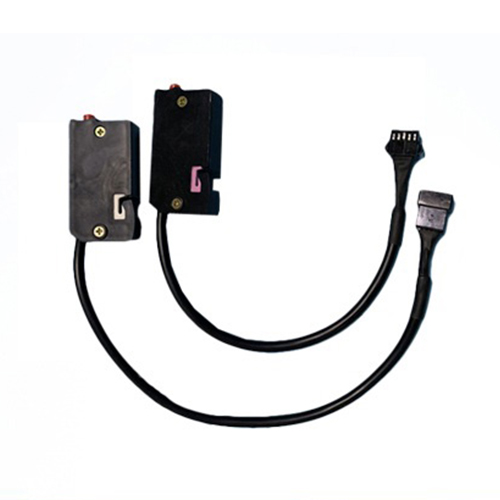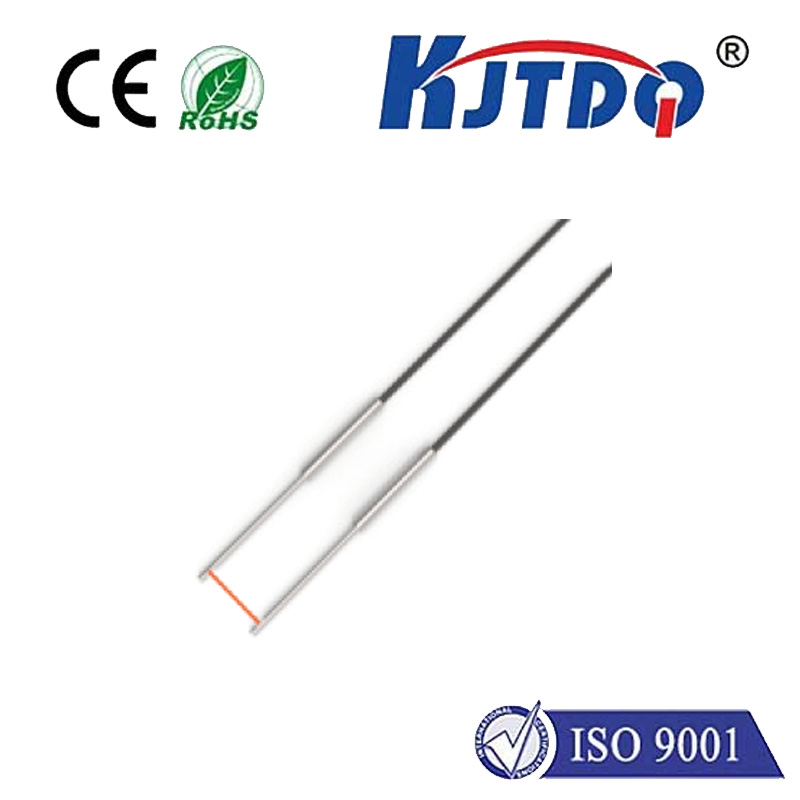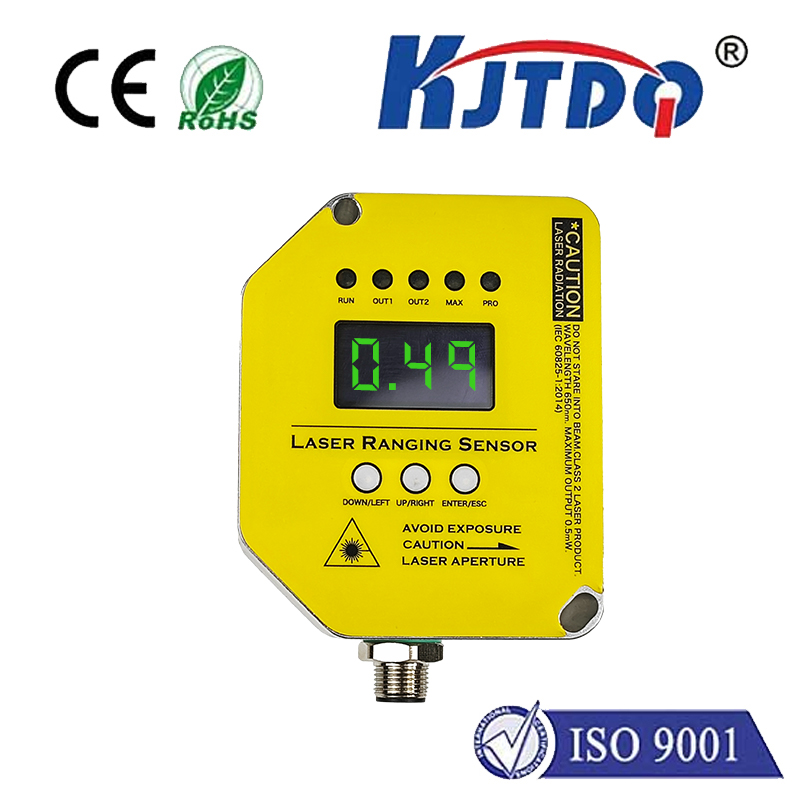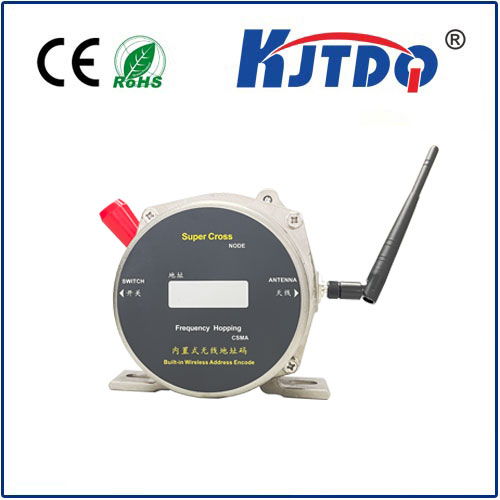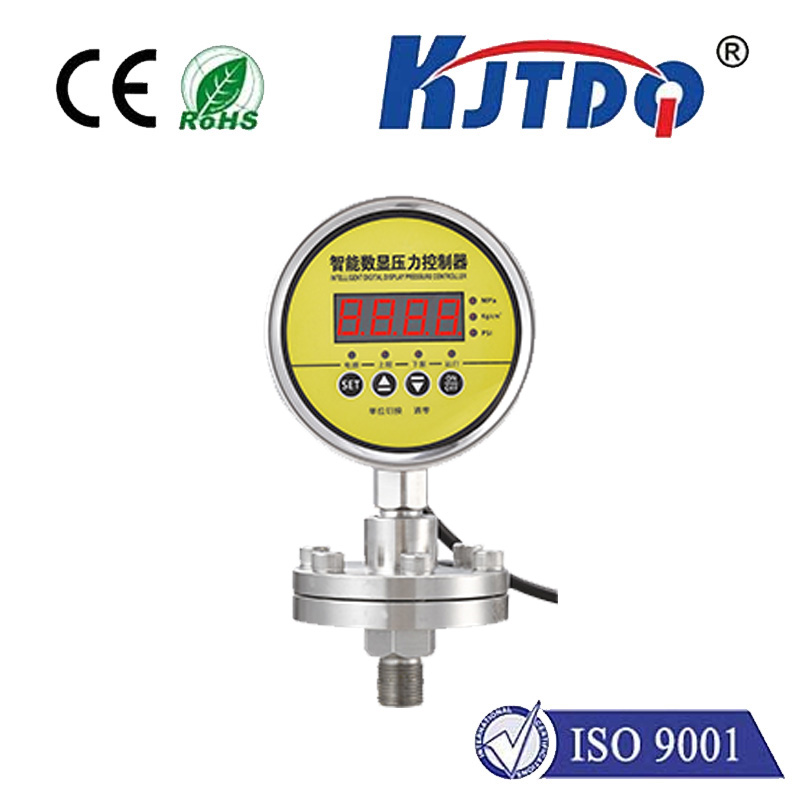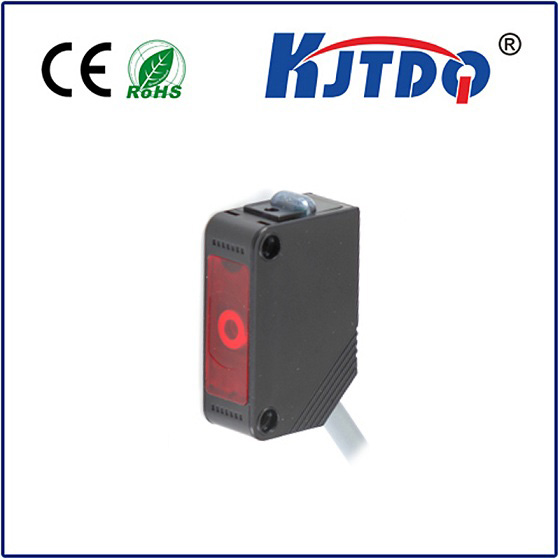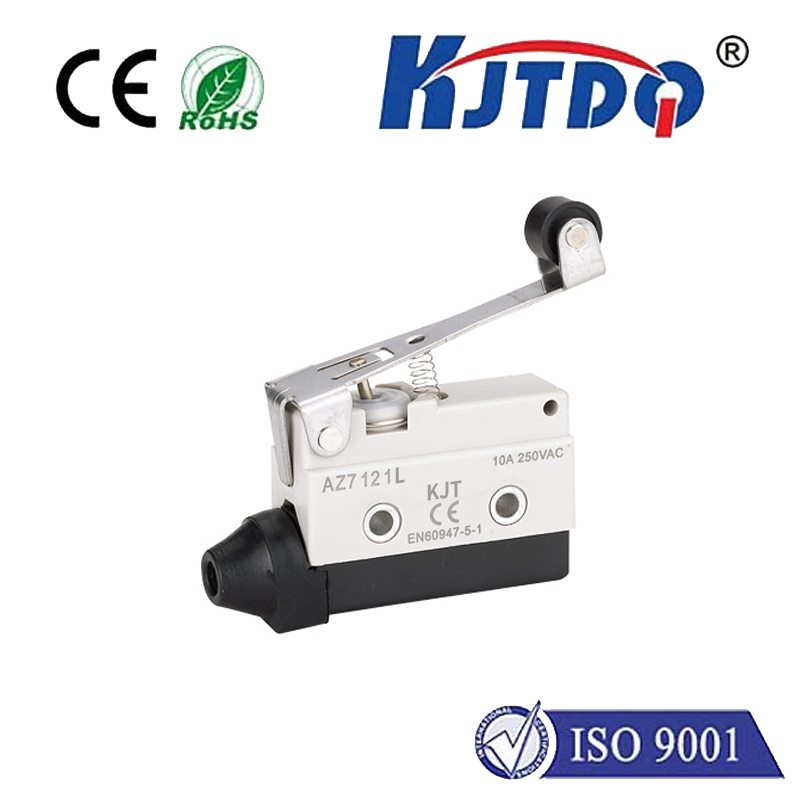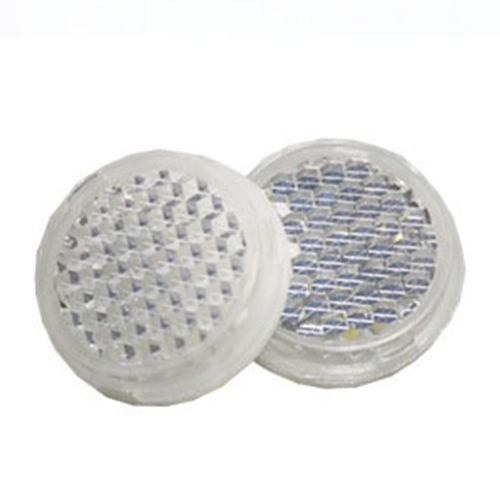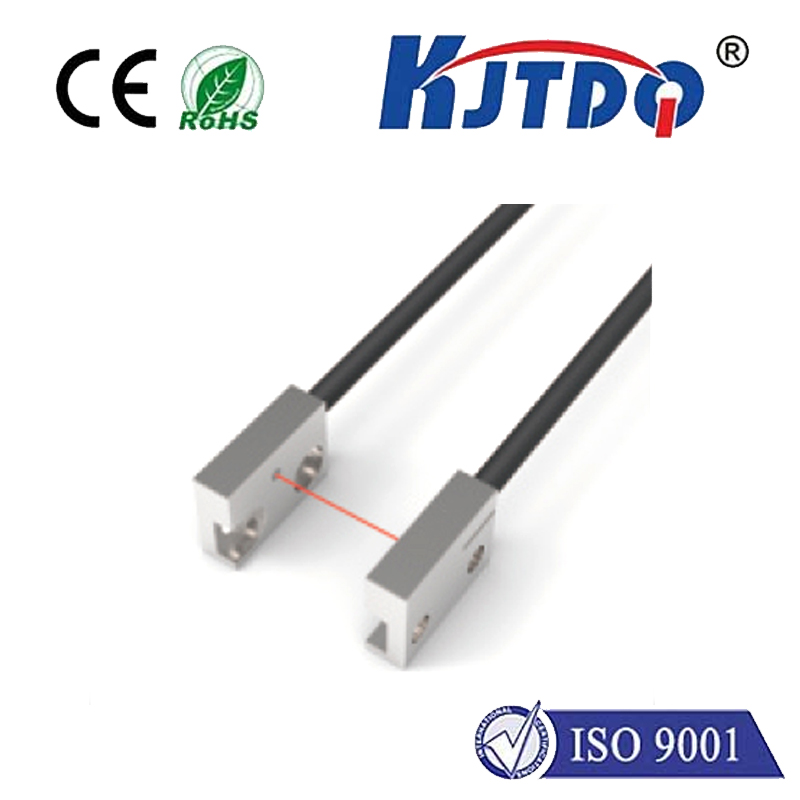ограничитель конвейера
- time:2025-08-04 12:51:17
- Нажмите:0
Conveyor Limit Switches: The Unsung Guardians of Industrial Efficiency and Safety
Imagine tons of cargo thundering down a conveyor line, only to overshoot its intended destination, potentially causing costly damage, severe jams, or even catastrophic accidents. This nightmare scenario is precisely what conveyor limit switches are designed to prevent. These often-overlooked components are critical sentinels within material handling systems, acting as the fundamental safety net and precision control point for countless industrial operations worldwide. Their role is simple yet paramount: to detect the physical presence or position of an object (often the conveyor itself or its load) and trigger a vital action – typically stopping motion or initiating a sequence change.
Understanding the Core Function: When Contact Equals Control
At its heart, a conveyor limit switch is an electro-mechanical device. It consists of an actuator (like a lever, plunger, or roller) physically linked to internal electrical contacts. When an object makes contact with this actuator, it mechanically forces these contacts to either open or close an electrical circuit. This seemingly simple action sends a crucial signal to the conveyor’s control system (like a PLC – Programmable Logic Controller) or motor starter. The most common, and arguably most critical, commands triggered are:
- Emergency Stopping: Preventing conveyor over-travel, safeguarding equipment and personnel.
- Position Verification: Confirming a conveyor section has reached its home or end position.
- Sequencing Control: Signaling the start or stop of adjacent equipment based on conveyor position.
- Load Detection: Indicating the presence or absence of material at a specific point.
Without these reliable signals, automated conveyor systems would lack essential safety protocols and operational intelligence, leading to inefficiency and danger.
The Diverse Armory: Choosing the Right Sentinel

Not all conveyor applications are identical, and neither are limit switches. Selecting the right type is crucial for reliable performance. Key categories include:
- Mechanical Lever/Plunger Switches: The most traditional and widely recognized. A physical arm or plunger is deflected by contact. Robust and cost-effective for many general-purpose applications. Ideal for detecting large objects or conveyor frame positions.
- Rotary Cam Switches: Mounted on rotating shafts. Adjustable cams on the shaft actuate the switch at specific rotational positions. Excellent for controlling conveyor travel limits based on drum or shaft rotation.
- Magnetic Proximity Switches: Operate without physical contact. Detect the presence of a ferrous metal target (like a flag mounted on the conveyor) using a magnetic field. Immune to dirt, dust, and moisture, making them highly reliable in harsh environments where mechanical switches might jam or wear prematurely. A top choice for reliable position sensing.
- Inductive Proximity Switches: Similar to magnetic but detect any metallic object (ferrous or non-ferrous) within their sensing range. Also contactless and robust. Useful where non-ferrous targets need detection.
- Reed Switches: Contain ferromagnetic reeds sealed within glass. Actuated by an external magnet. Simple, reliable, and often used in compact designs or where very low operating force is needed.
The choice hinges on factors like the environment (dusty, wet, explosive?), required sensing distance, target material, necessary precision, durability needs, and cost constraints. Magnetic proximity types are increasingly favored for their superior reliability in challenging industrial settings.
Why Precision Placement and Calibration Matter
Installing a conveyor limit switch isn’t just bolting it on. Its positioning and adjustment are critical for accuracy and preventing nuisance trips or missed signals.
- Critical End Points: Switches preventing over-travel must be positioned where they can reliably stop the conveyor before any mechanical damage can occur. This often requires careful calculation of stopping distances.
- Reliable Actuation: The actuator (lever, roller, target magnet) must make consistent and positive contact or alignment with the triggering object. Misalignment leads to failure.
- Environmental Protection: Mounting location should minimize exposure to impact, excessive vibration, washdown water, or abrasive materials unless the switch is specifically rated for it. Enclosures (NEMA or IP rated) are often essential.
- Secure Mounting: Vibration is ever-present in conveyor systems. Switches must be firmly secured to prevent shifting, which alters their actuation point and compromises safety.
Maintenance: The Key to Unwavering Reliability
Like any mechanical or electro-mechanical component, conveyor limit switches require attention to ensure long-term, trouble-free operation. Key maintenance practices include:
- Regular Inspection: Visually check for physical damage (broken levers, bent actuators), loose mounting hardware, and corrosion. For mechanical types, inspect moving parts for wear or binding.
- Operational Testing: Periodically simulate activation (safely!) to verify the switch reliably sends the correct signal to the control system. This is a cornerstone of preventative maintenance.
- Environmental Management: Keep the switch and its actuator relatively clean and free from excessive buildup of material that could impede movement or sensing. Ensure seals on environmentally rated switches remain intact.
- Calibration Check: Verify that the switch still actuates at the precise position required, especially after any system maintenance or potential impacts. Positional drift can occur over time.
Proactive maintenance prevents unexpected downtime and ensures these vital safety devices function correctly when needed most. Replacing a worn switch is far cheaper than repairing collision damage or dealing with production halts.
The Indispensable Role in Automation and Safety
Conveyor limit switches are far more than simple on/off buttons. They are fundamental safety interlocks and essential components for automated control logic. Their accurate signals enable:
- Safe Operation: Preventing equipment damage and protecting workers by halting motion at critical boundaries.
- Process Efficiency: Enabling precise sequencing of conveyors, transfers, sorting gates, and loading/unloading operations, optimizing workflow and minimizing bottlenecks.
- System Reliability: Providing dependable feedback for control systems, reducing unexpected stoppages and improving overall production uptime.
- Cost Savings: Preventing expensive repairs due to over-travel collisions and reducing downtime through reliable operation.
In the complex symphony of modern material handling, the conveyor limit switch plays a vital, albeit often unseen, role. It’s the reliable sentinel ensuring the safety of personnel, the protection of valuable equipment, and the smooth, efficient flow of goods that power our industries. Choosing the right type, installing it correctly, and maintaining it diligently are investments that pay substantial dividends in operational excellence and risk mitigation.


